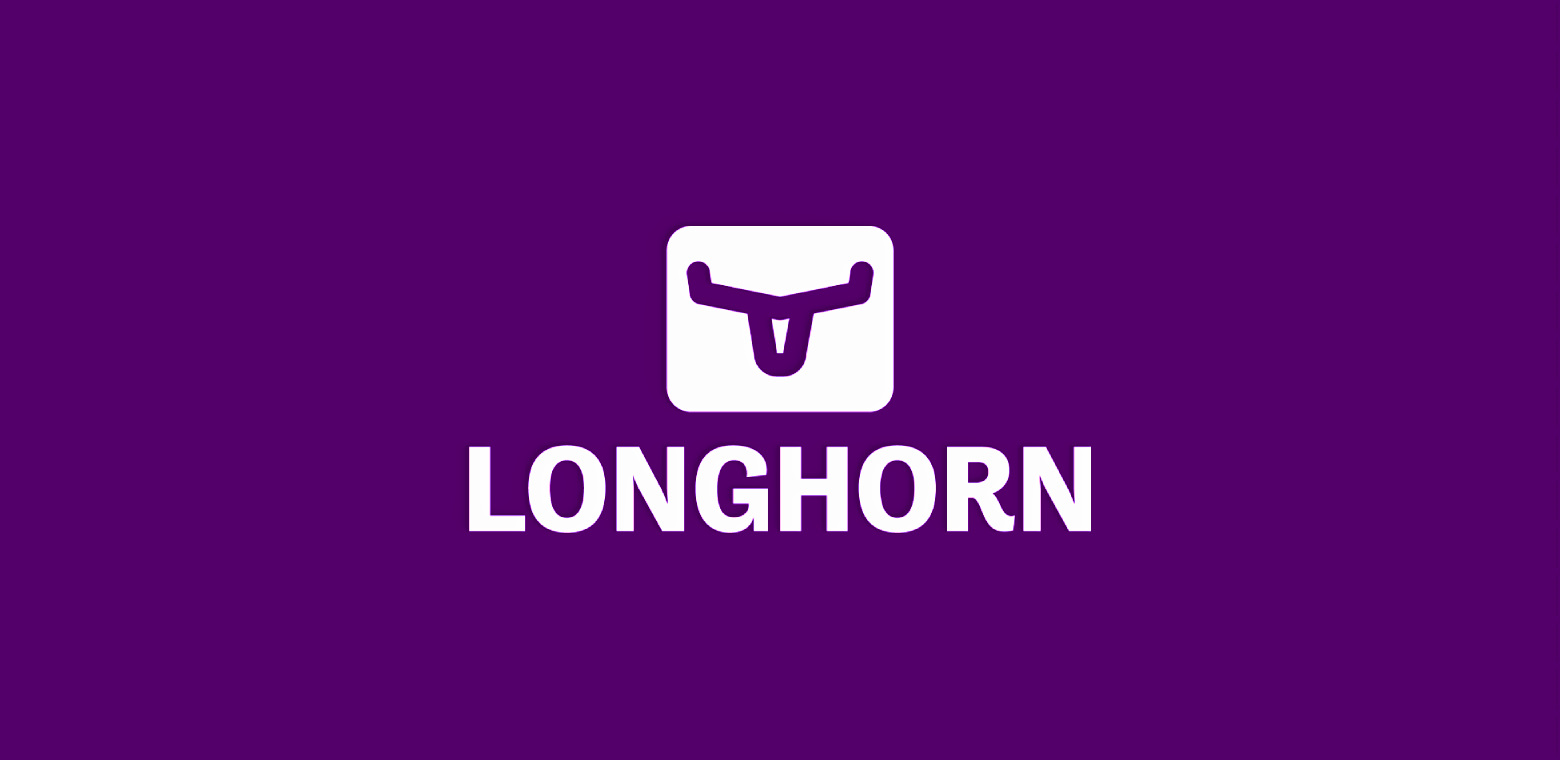Prerequisites:
Minimum Hardware requirements:
- 3 nodes
- 4 vCPUs per node
- 4 GiB per node
- SSD/NVMe or similar performance block device on the node for storage
Installation Requirements:
- A container runtime compatible with Kubernetes (Docker v1.13+, containerd v1.3.7+, etc.)
- Kubernetes >= v1.21
open-iscsiis installed, and theiscsiddaemon is running on all the nodes.- RWX support requires that each node has a NFSv4 client installed.
- The host filesystem supports the
file extentsfeature to store the data. Currently longhorn support:- ext4
- XFS
bash, curl, findmnt, grep, awk, blkid, lsblkmust be installed.Mount propagationmust be enabled.
Install dependencies:
Install nfs-common, open-iscsi & ensure daemon is running on all the nodes.
1
2
3
4
5
6
{
sudo apt update
sudo apt install -y nfs-common open-iscsi
sudo systemctl enable open-iscsi --now
systemctl status iscsid
}
Run the Environment Check Script:
Note: jq[sudo apt install -y jq] maybe required to be installed locally prior to running env check script.
1
curl -sSfL https://raw.githubusercontent.com/longhorn/longhorn/v1.5.1/scripts/environment_check.sh | bash
Installing Longhorn with Helm:
Helm v3.0+ must be installed on your workstation.
Add the Longhorn Helm repository:
1
helm repo add longhorn https://charts.longhorn.io
Fetch the latest charts from the repository:
1
helm repo update
Retrieve the package from longhorn repository, and download it locally:
1
helm fetch longhorn/longhorn --untar
Install Longhorn in the longhorn namespace:
1
helm install longhorn longhorn/longhorn --values /tmp/longhorn/values.yaml -n longhorn --create-namespace --version 1.7.2
To confirm that the deployment succeeded, run:
1
kubectl -n longhorn get pod
Accessing the Longhorn UI:
Get the Longhorn’s external service IP:
1
kubectl -n longhorn get svc
Use CLUSTER-IP of the longhorn-frontend to access the Longhorn UI using port forward:
1
kubectl port-forward svc/longhorn-frontend 8080:80 -n longhorn
Enabling basic authentication with ingress for longhorn UI
Authentication is not enabled by default for kubectl and Helm installations.
Create a basic authentication file auth. It’s important the file generated is named auth (actually - that the secret has a key data.auth), otherwise the Ingress returns a 503.
1
USER=<USERNAME_HERE>; PASSWORD=<PASSWORD_HERE>; echo "${USER}:$(openssl passwd -stdin -apr1 <<< ${PASSWORD})" >> auth
Create a secret:
1
kubectl -n longhorn create secret generic basic-auth --from-file=auth
Create the ingress resource:
1
2
3
4
5
6
7
8
9
10
11
12
13
14
15
16
17
18
19
20
21
22
23
24
cat <<EOF | kubectl apply -f -
apiVersion: networking.k8s.io/v1
kind: Ingress
metadata:
name: longhorn-ingress
namespace: longhorn
annotations:
nginx.ingress.kubernetes.io/auth-type: basic
nginx.ingress.kubernetes.io/ssl-redirect: 'false'
nginx.ingress.kubernetes.io/auth-secret: basic-auth
nginx.ingress.kubernetes.io/auth-realm: 'Authentication Required '
nginx.ingress.kubernetes.io/proxy-body-size: 10000m
spec:
rules:
- http:
paths:
- pathType: Prefix
path: "/"
backend:
service:
name: longhorn-frontend
port:
number: 80
EOF
Reference Links:
